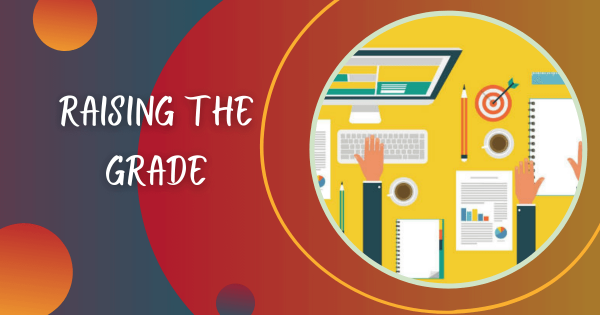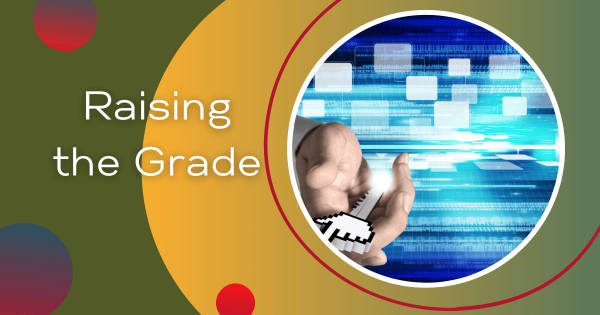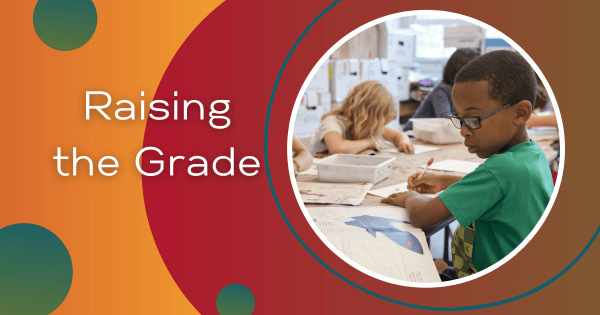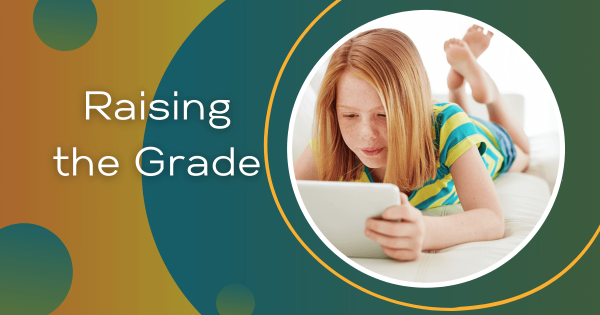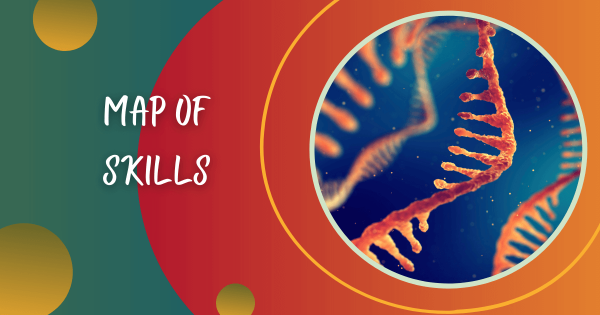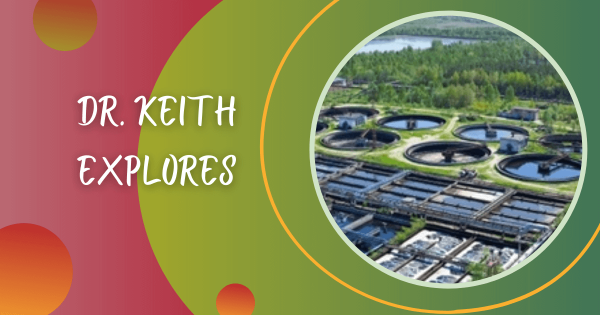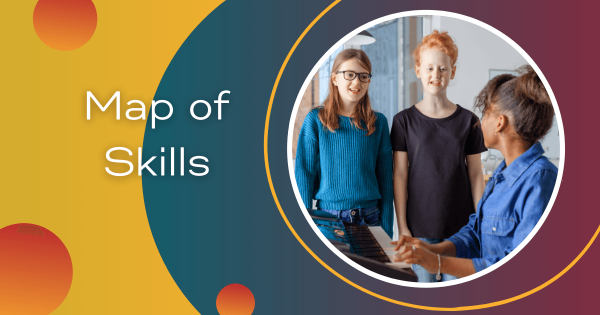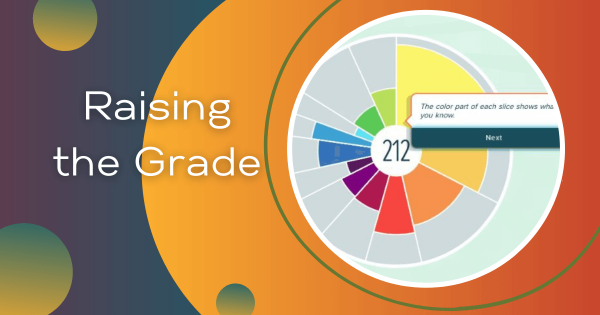As schools begin to integrate technology into all areas of academics I’m nervous about the extent to which we make this integration meaningful especially in terms of assessments. Inside are three of my own questions and my answers to them. Hopefully, the US education system can begin to move in the right direction.
Uncategorized
The EdTech landscape has evolved so much in the last 10 years alone. As we approach our 10-year anniversary, it's humbling to look back on where we started. We hope educators agree and use these posts as a way of reflecting on progress. You can find some of our archived and miscellaneous posts in this category. While we love keeping K–12 teachers up to date with the latest in STEM education, this section also features some of our original content. Whether it's science experiments, educator interviews, or educational app reviews, you'll find our thoughts on those topics here. Particularly, we're super excited to share some of the ways educators have used technology over time. Plus, you can learn about the role technology has played in certain STEM professions or find some content to make comparisons to today's classrooms.
Stopping to look back on the past is important. So, the posts in this section highlight transformations and progress made when it comes to teaching with technology. Even as little as 10 years ago, educators did not necessarily have the same kinds of EdTech tools they have today. While coding was starting to gain steam, it was still very new. On top of that, 3D printing and virtual reality weren't really even on the radar. We're guessing not many teachers were utilizing drones or laser cutters, either. Now, however, these tools are easier to integrate than before. If you've been teaching in the last 10 years and seen EdTech-fueled transformations, feel free to comment and share your experiences! We would love to hear how the availability of new EdTech solutions has impacted your instruction over the years.
-
Raising The Grade: Equitable Access for All
Internet access. In the US, I’m not sure if it’s a luxury or a necessity. However, I am sure that children today benefit from using the Internet to supplement their traditional school education. We know that there are books, videos, games, and countless other online resources to help children learn.
-
Raising The Grade: Jessica Martinez on Technology
Jessica Martinez is in her twelfth year as an educator. She spent nine years as a classroom teacher before becoming an instructional coach. She gives her thoughts on technology in education and specifically at Bancroft Elementary. Keep reading to learn more about some of the benefits and drawbacks she’s seen.
-
Raising The Grade: Is There an App for That?
My school district, like many across the country uses the Dynamic Indicators of Basic Early Literacy Skills (DIBELS) and Text Reading and Comprehension (TRC) assessments to measure elementary students’ reading abilities. These are a series of probes that evaluate skills indicators such as word fluency, retelling, synthesis, and inferring.
-
Map of Skills | Discovery of RNA Sequences
In this “Map of Skills,” Kaila Deiorio-Haggar, a Ph.D. Researcher at the Meyer Laboratory of Boston College, describes her work on autogenous ribosomal elements in bacteria. She uses computational frameworks to discover autogenous ribosomalelements in bacteria and talks about the computational alignments of genomic structures.
-
Dr. Keith Explores: Water & Chemicals
Remember that list we made? I made a short list as well and one product contains isopropyl alcohol, 2-butoxy-ethanol and ammonia. I have another item that has a warning label that a poison control center should be contacted immediately if the product is swallowed. The product is to be used to clean surfaces like counters and bathroom sinks and tubs.
-
Map of Skills | Teaching Voice and Singing
Some want to learn how to sing for the joy of singing. Others want to make singing their career—they want to record albums, audition for major talent competitions, or be signed to labels. See what kinds of technology Maya and her students use in order to maximize their talent and leverage the potential of various STEAM tools.
-
Raising The Grade: It's An A+ for ALEKS
It stands for Assessment and LEarning in Knowledge Space. ALEKS is an assessment and learning system that is completely Web-based. It uses effective questioning to gauge a student’s skills and accurately tells me what they’ve mastered, what they haven’t mastered, and what they’re ready to learn next.
-
Introduction to Video Production, Part 2
In this second part of “Intro to Video Production,” Eli introduces popular video editing programs for advanced production. What if you are looking for something more advanced? What if you have come and gone with iMovie or Lightworks and it’s just not doing it for you anymore? Keep reading to learn about more of our suggestions.
-
Introduction to Video Production, Part 1
Staff Writer Eli Kell-Abrams sheds light on the world of video production.”Oh the times, they are a-changin’.” It was as true in 1964, when Bob Dylan first said it, as it is now. It’s a new day, a day filled with screens, technology, and flashing lights. A day where famous books are now being overshadowed by the motion pictures made about them.




